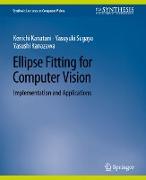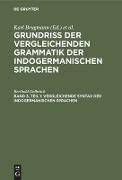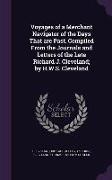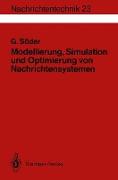Ellipse Fitting for Computer Vision
BücherAngebote / Angebote:
Because circular objects are projected to ellipses in images, ellipse fitting is a first step for 3-D analysis of circular objects in computer vision applications. For this reason, the study of ellipse fitting began as soon as computers came into use for image analysis in the 1970s, but it is only recently that optimal computation techniques based on the statistical properties of noise were established. These include renormalization (1993), which was then improved as FNS (2000) and HEIV (2000). Later, further improvements, called hyperaccurate correction (2006), HyperLS (2009), and hyper-renormalization (2012), were presented. Today, these are regarded as the most accurate fitting methods among all known techniques. This book describes these algorithms as well implementation details and applications to 3-D scene analysis. We also present general mathematical theories of statistical optimization underlying all ellipse fitting algorithms, including rigorous covariance and bias analyses and the theoretical accuracy limit. The results can be directly applied to other computer vision tasks including computing fundamental matrices and homographies between images. This book can serve not simply as a reference of ellipse fitting algorithms for researchers, but also as learning material for beginners who want to start computer vision research. The sample program codes are downloadable from the website: https://sites.google.com/a/morganclaypool.com/ellipse-fitting-for-computer-vision-implementation-and-applications.
Folgt in ca. 5 Arbeitstagen




